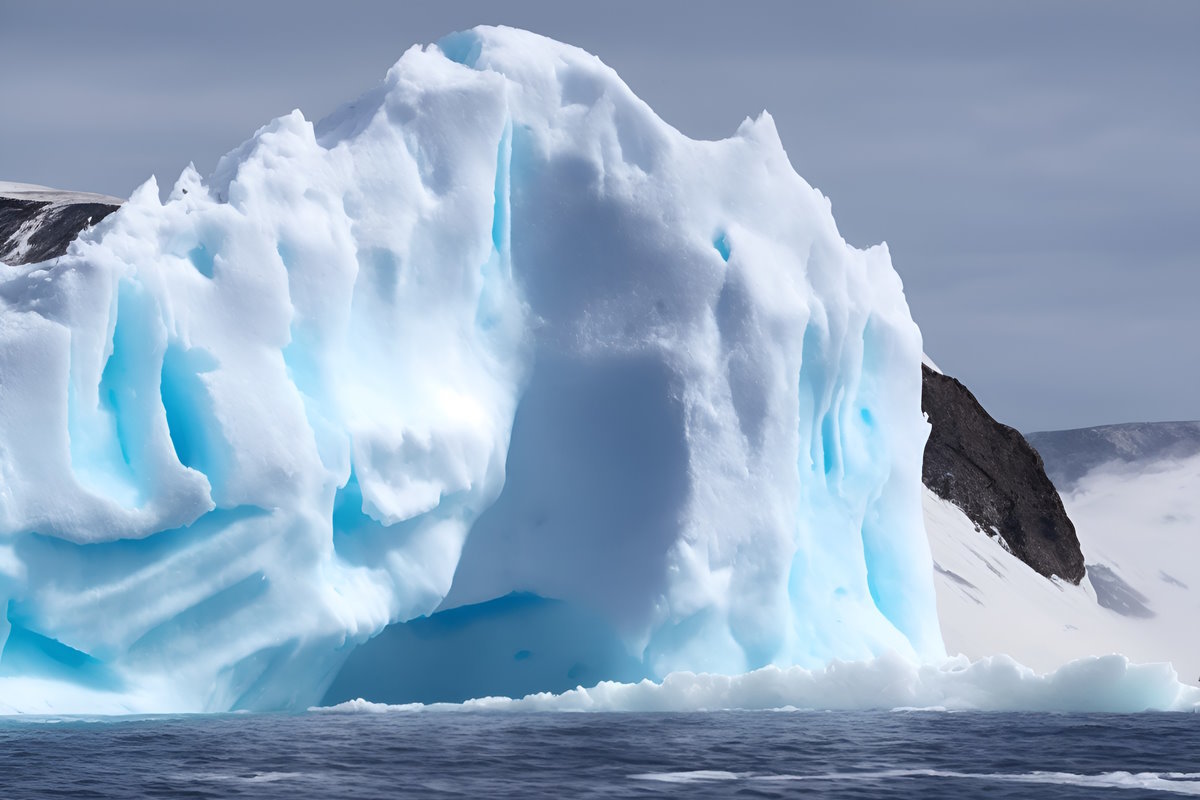We are close to the Greenland’s Ice Apocalypse: How Melting Ice Will Change Our World Forever
The Greenland Ice Sheet is close to a point where it will melt irreversibly. If we release 1000 gigatons of carbon into the atmosphere, much of the ice sheet will melt. We have already released 500 gigatons of carbon.
The Greenland Ice Sheet is huge and if it melts completely, global sea levels will rise by 7 meters (23 feet). Scientists are using computer simulations to find out when this might happen. They have found two critical points: releasing 1000 gigatons of carbon will cause the southern part of the ice sheet to melt; releasing 2500 gigatons of carbon means nearly the entire ice sheet will be lost permanently.
We are already halfway to the first critical point. A scientist leading the study warns that we are in danger of crossing this point and once we do, there is no going back.
“The first tipping point is not far from today’s climate conditions, so we’re in danger of crossing it,” said Dennis Höning, a climate scientist at the Potsdam Institute for Climate Impact Research who led the study. “Once we start sliding, we will fall off this cliff and cannot climb back up.”
The first tipping point is not far from today’s climate conditions, so we’re in danger of crossing it,” Dennis Höning
The study was published in AGU’s journal Geophysical Research Letters, which publishes short-format, high-impact research spanning the Earth and space sciences.
What Would Happens if the Greenland Ice Sheet melts?
If the Greenland Ice Sheet melts permanently, it would have long-term global consequences. The most immediate effect would be a rise in global sea levels by about 7 meters. This would cause flooding and other damage to coastal communities around the world. Large-scale melting of the Greenland Ice Sheet could also halt the Gulf Stream ocean current, which could have potential knock-on effects on the Amazon rainforest and tropical monsoons. Additionally, it could alter global atmospheric heat movement and change global ocean circulation patterns.

